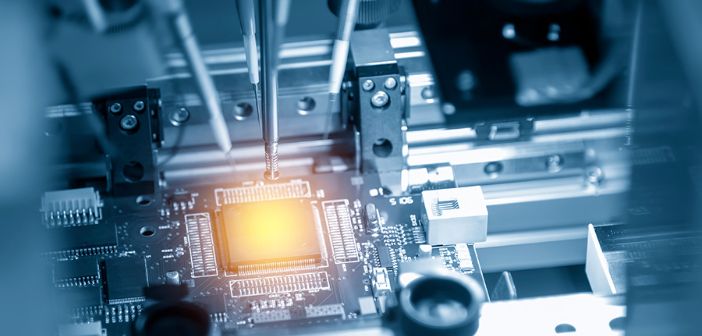Researchers at Google are working to improve the design of microchips using the company’s AI computer system.
The technology company said its solution is better and faster than humans, while also improving on other automated methods “because it learns from experience”.
Computer scientists at Google Research’s Brain Team, based in California, had AI-powered software treat the designing the physical layout of a microchip’s parts, known as floor-planning, as a game.
As the AI analysed a greater number and variety of microchips, its chip design developed. This strategy improved on previous automated techniques as it learnt from each chip, according to the Google’s Brain Team.
Furthermore, in less than six hours the new method can generate manufacturable chip floor-plans that are comparable or superior to ones made by experts in all key details. This includes performance, energy consumption and chip area. The team said this could potentially save thousands of hours of human effort for each generation of microchips.
However, co-lead author Azalia Mirhoseini, a computer scientist at Google Research’s Brain Team. admitted that a number of these designs were not initially intuitively better to experts, “but still delivered really good results”.
The AI-designed floor plans have inspired the team with new ideas, such as placing components in doughnut shapes to reduce the distances between them, Mirhoseini added.
Google is now manufacturing these AI-designed chips. The researchers suggested that more powerful AI-designed hardware can in turn fuel more advances in AI.









